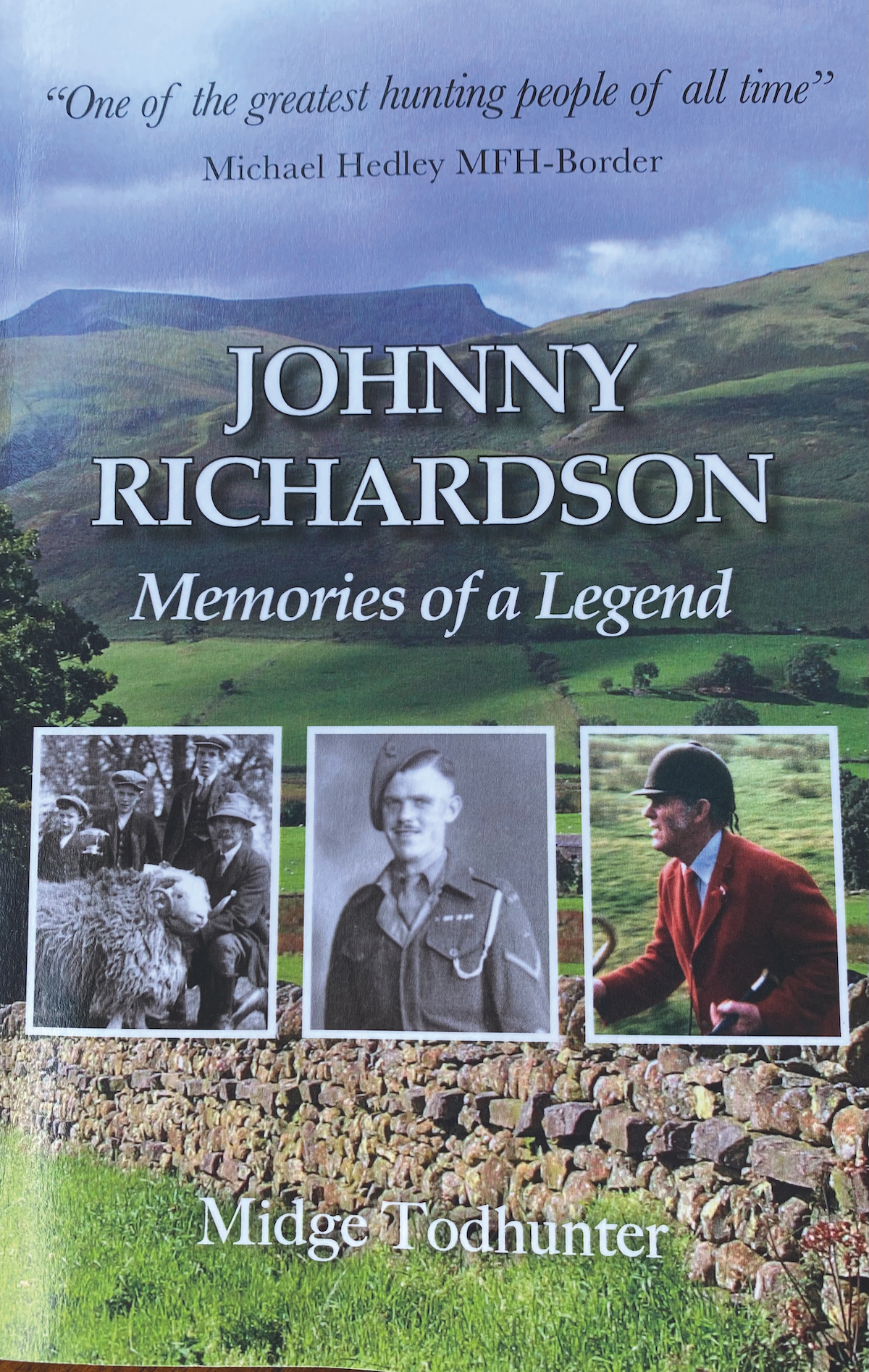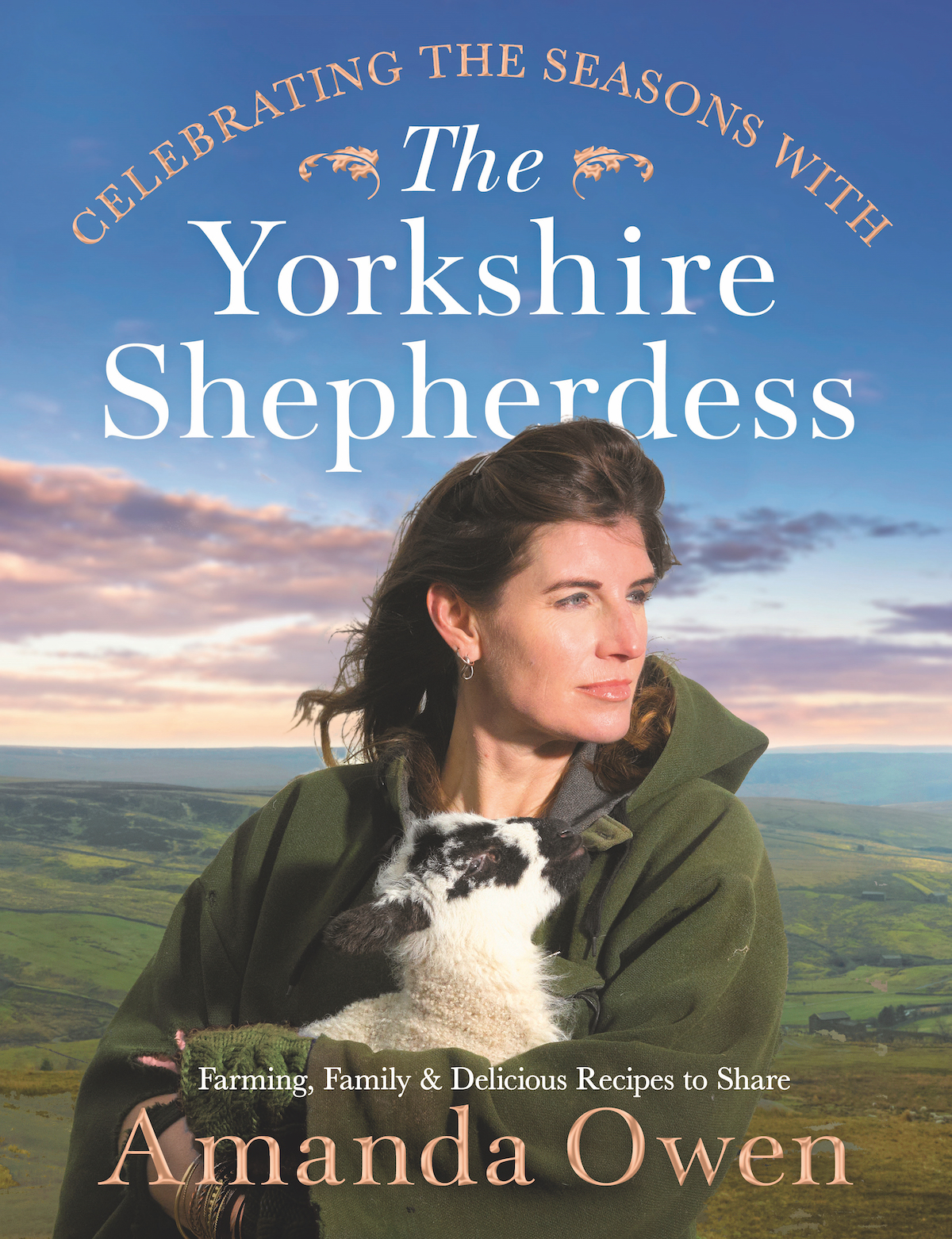The Field chooses some books which open up different horizons

The Lighted Window by Peter Davidson
The subtitle of this meditative, lyrical, affecting work is ‘Evening Walks Remembered’, and there is indeed a rambling quality to it – in the best sense. For what Peter Davidson is undertaking here is a cultural, philosophical and intellectual meander around the motif of the lighted window, reflecting on what it denotes and evokes in various locations in Britain, America, Europe and the Far East, through the mediums of art, literature and music.
The breadth of his references is staggering. He muses on the work of poets such as Matthew Arnold and WB Yeats, writers Arthur Conan Doyle and Virginia Woolf, and includes artists James McNeill Whistler, Edward Hopper, Eric Ravilious and those who produced prints in mid-20th-century Japan.
While it’s beautiful to peruse, this is no coffee-table book but a beguiling work of academia and an excellent festive offering for anyone who has walked past a lighted window on a dark evening and wondered about the goings-on inside.
Reviewed by Ettie Neil-Gallacher
Lady of Spain by Simon Courtauld
Few modern writers know and understand the historical complexities of Spain as well as Simon Courtauld. His Footprints in Spain is a must for anyone wanting a detailed insight into Spanish culture, Catholicism, countryside and the corrida. Now he brings Spain to the court of Mary Tudor with a biography of Buckinghamshire landed beauty Jane Dormer, who married the leery Duke of Feria, twice her youthful age. “She was a darline of lively hewe,” court poet Richard Edwards recorded. Here are stories of influential Protestants against Catholics, intrigue, diplomatic missions, even an abortive attempt by a ‘dishonourable adventurer’ called Stukley for the Spanish to invade Ireland. Throughout her life in Spain, Jane Feria championed Catholicism. ‘Her saintly reputation drew many to her deathbed.’ Not so a recent Duke of Feria, imprisoned, so Courtauld tells us in one of many fascinating and amusing asides, ‘for kidnapping and corrupting a young girl’.
Johnny Richardson by Midge Todhunter
From Yorkshire sheep farm to legendary Cumbrian huntsman, Johnny Richardson was a giant in Blencathra circles, with a voice more powerful than a horn and a sixth sense when it came to fox-hunting in the fells. He was also an expert hound breeder and an authority on the local Hardwick sheep.
He served his country, too. Having never been further than Carlisle, he was sent to the Front Line and taken prisoner. Escaping three times, he reached safety before writing to his mother that he ‘was pleased because the Germans gave [him] hell’.
Among the most evocative tributes are those from his sister, Betty, and her husband, George Birkett, who praises Johnny’s teenage skill at sheep-shearing (100 a day by hand). Beyond his skills and expertise, certain characteristics emerge. He was humble, lacking in vanity, unaffected and a gentleman. While any tribute may fall short, Todhunter and his fellow contributors have done a touching job.
Reviewed by Ettie Neil-Gallacher
Celebrating the Seasons with The Yorkshire Shepherdess by Amanda Owen
It’s easy to see why Amanda Owen is such a media hit: model turned shepherdess with nine children in a remote corner of Yorkshire ploughing a charmingly old-fashioned furrow is the stuff of televisual fantasy. And it would be easy to be cynical about her if it weren’t so clear that she’s content with and committed to her adopted lifestyle.
This book takes us through a year at Ravenseat, replete with anecdotes, reflections and photographs that go some way to capturing the rhythm of the seasons. The photographs are attractive: snaps of wild landscapes and soaring skies interspersed with images of her photogenic children, both at play and helping out on the farm.
Much of Owen’s focus is on ‘living in harmony with the land’ and each month comes with two or three seasonal, locally sourced recipes, which Owen insists aren’t prescriptive; although the accompanying pictures may make the reader keen to follow her suggestions to the letter.
Reviewed by Ettie Neil-Gallacher













